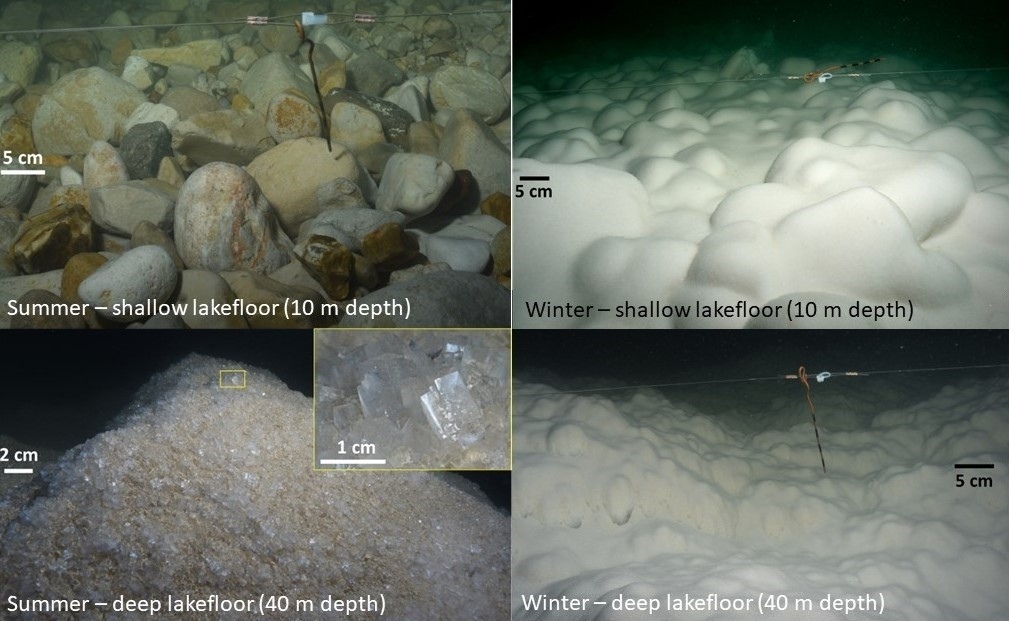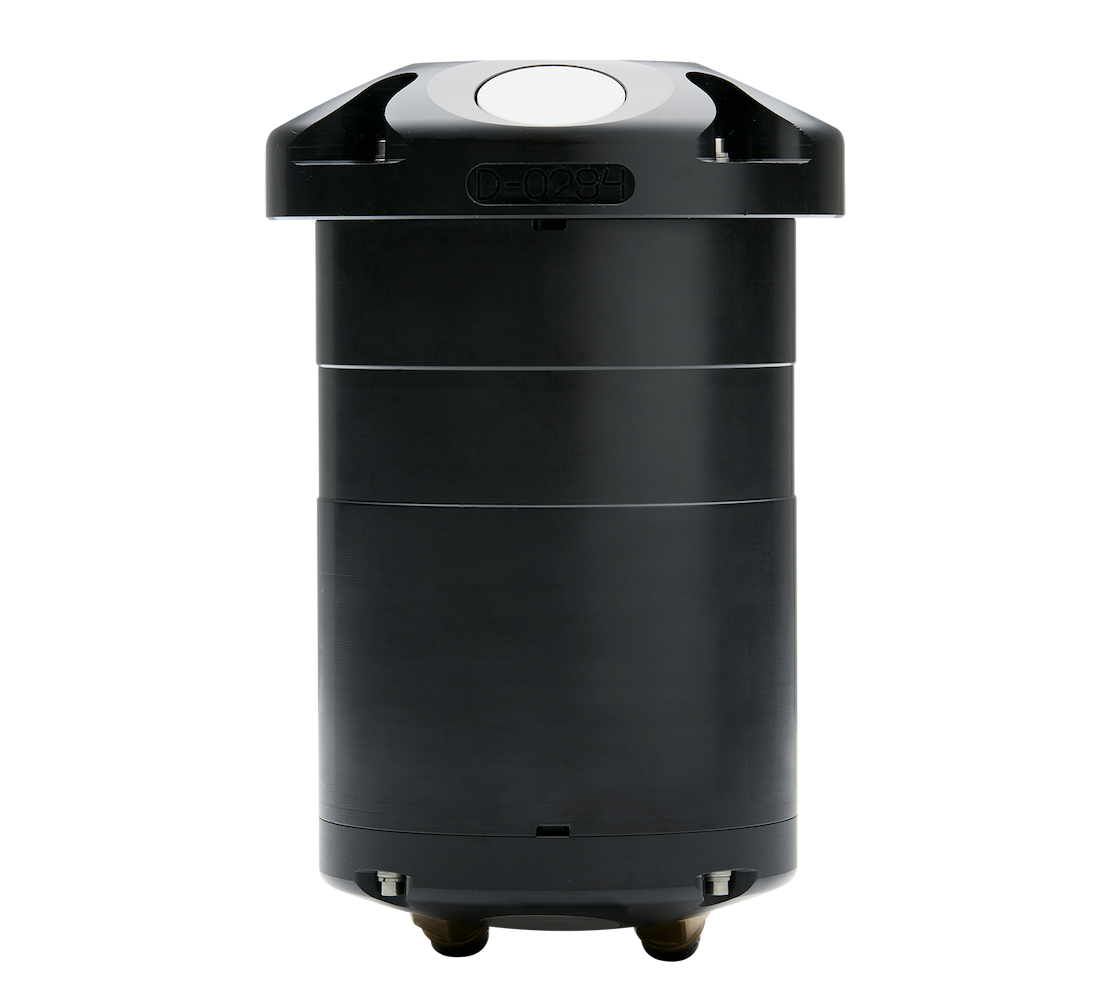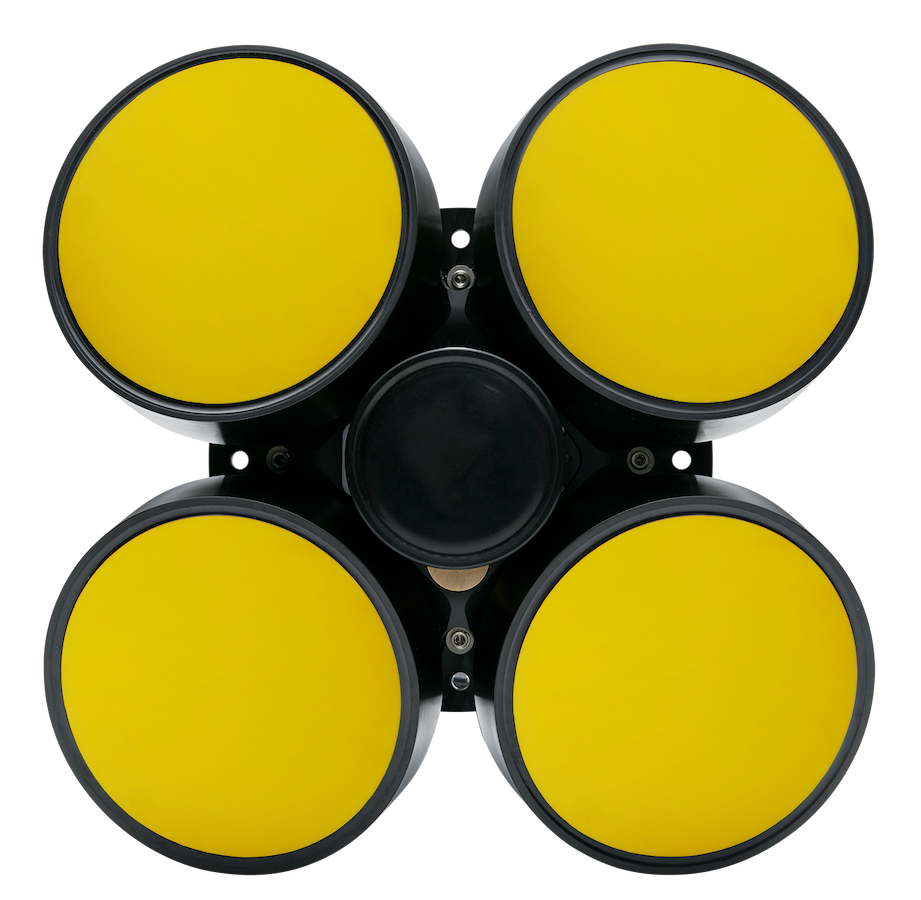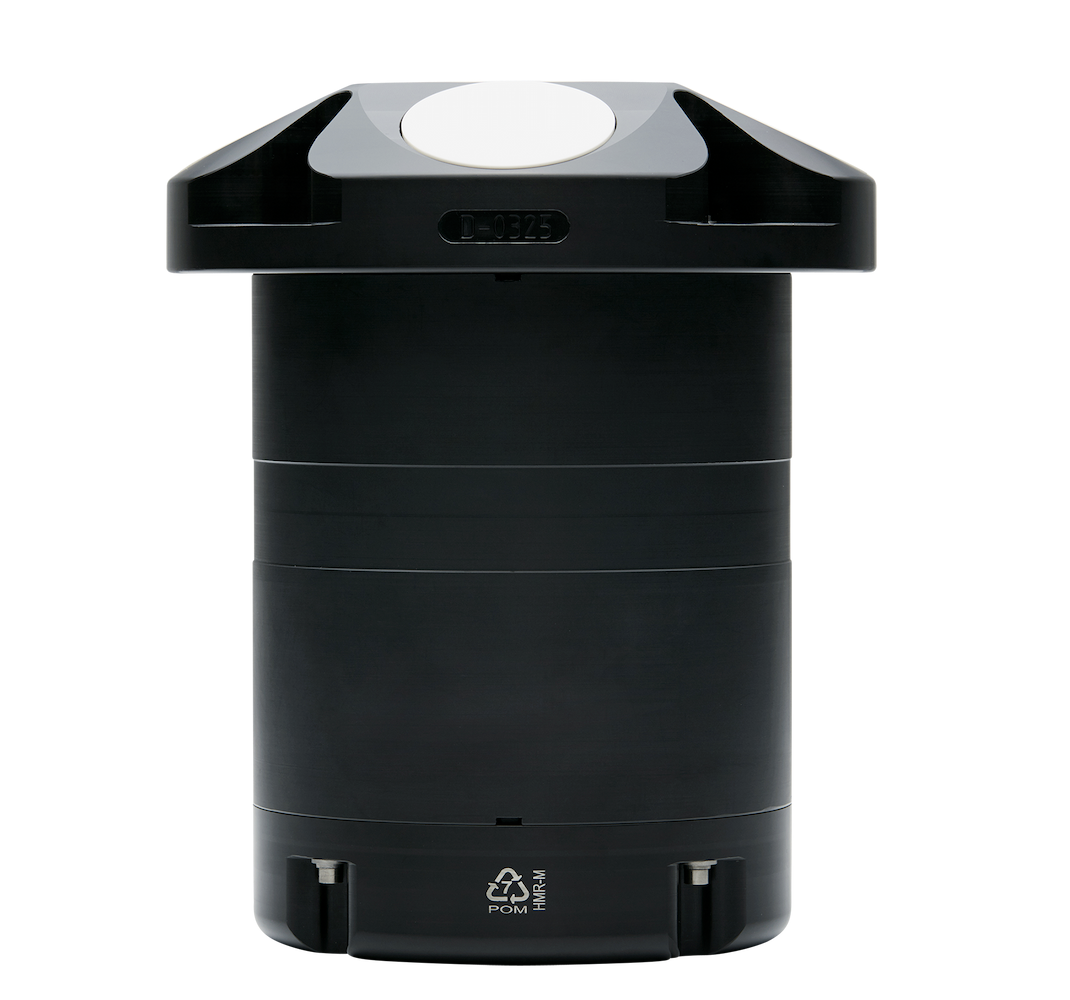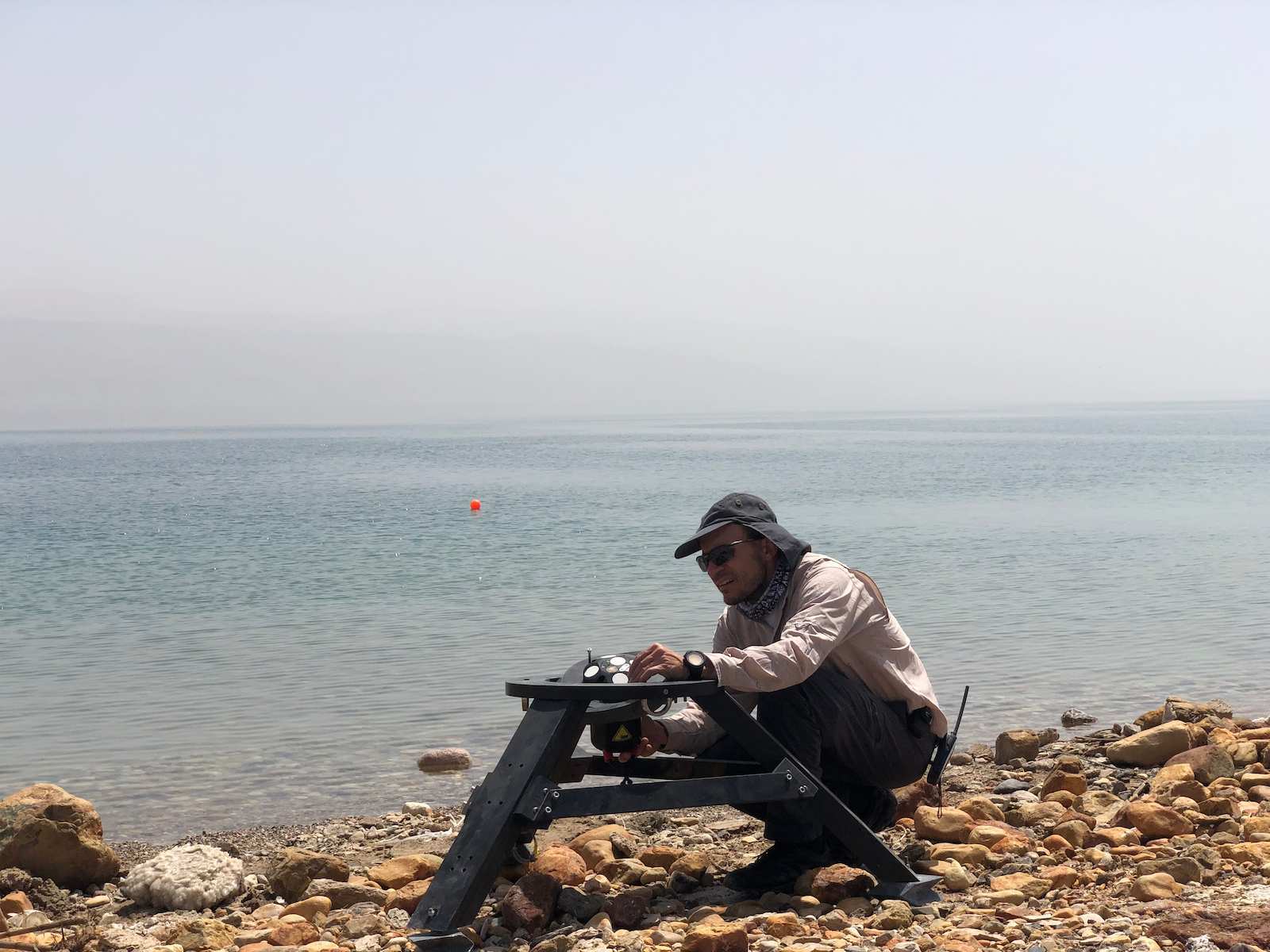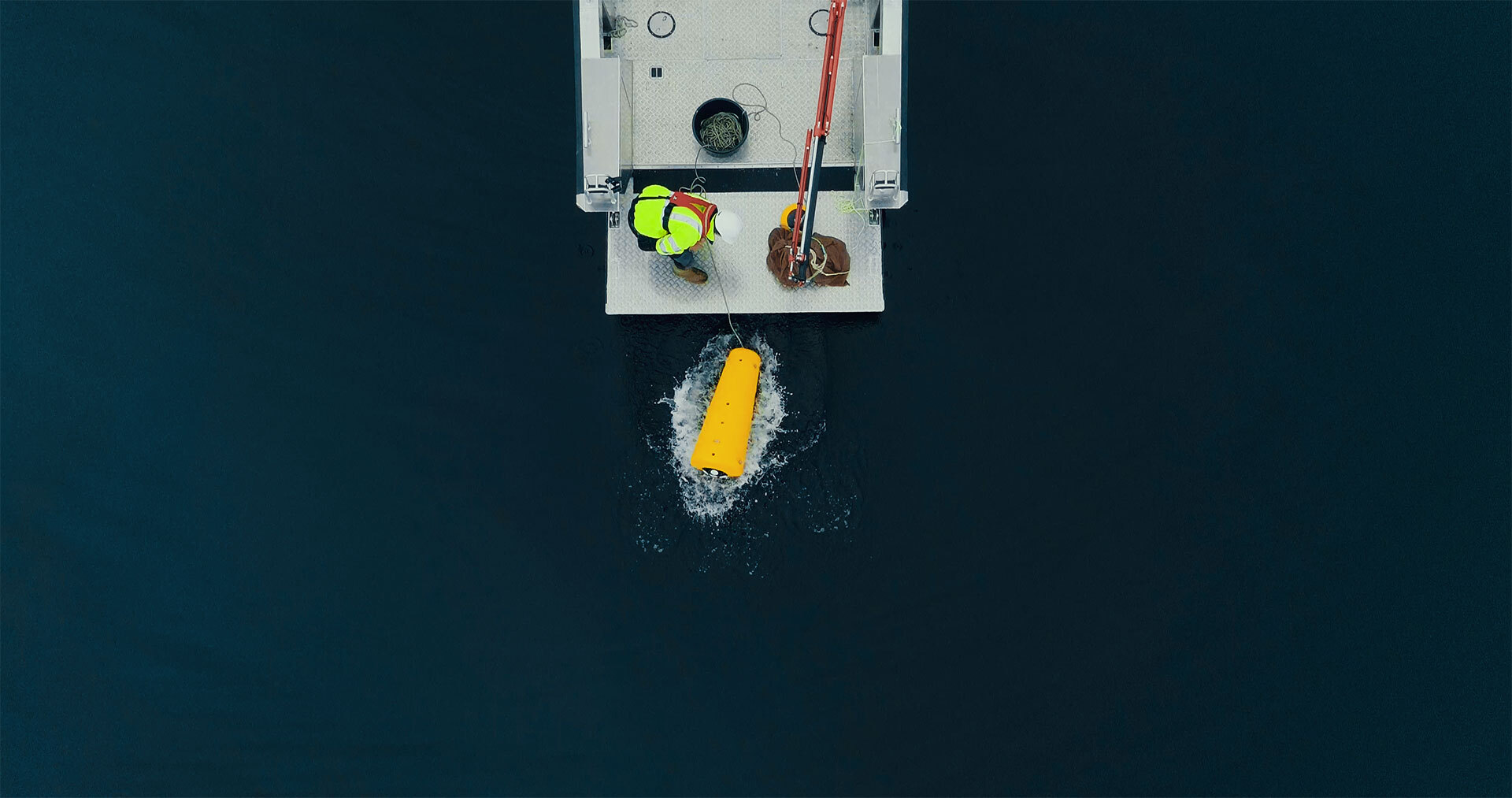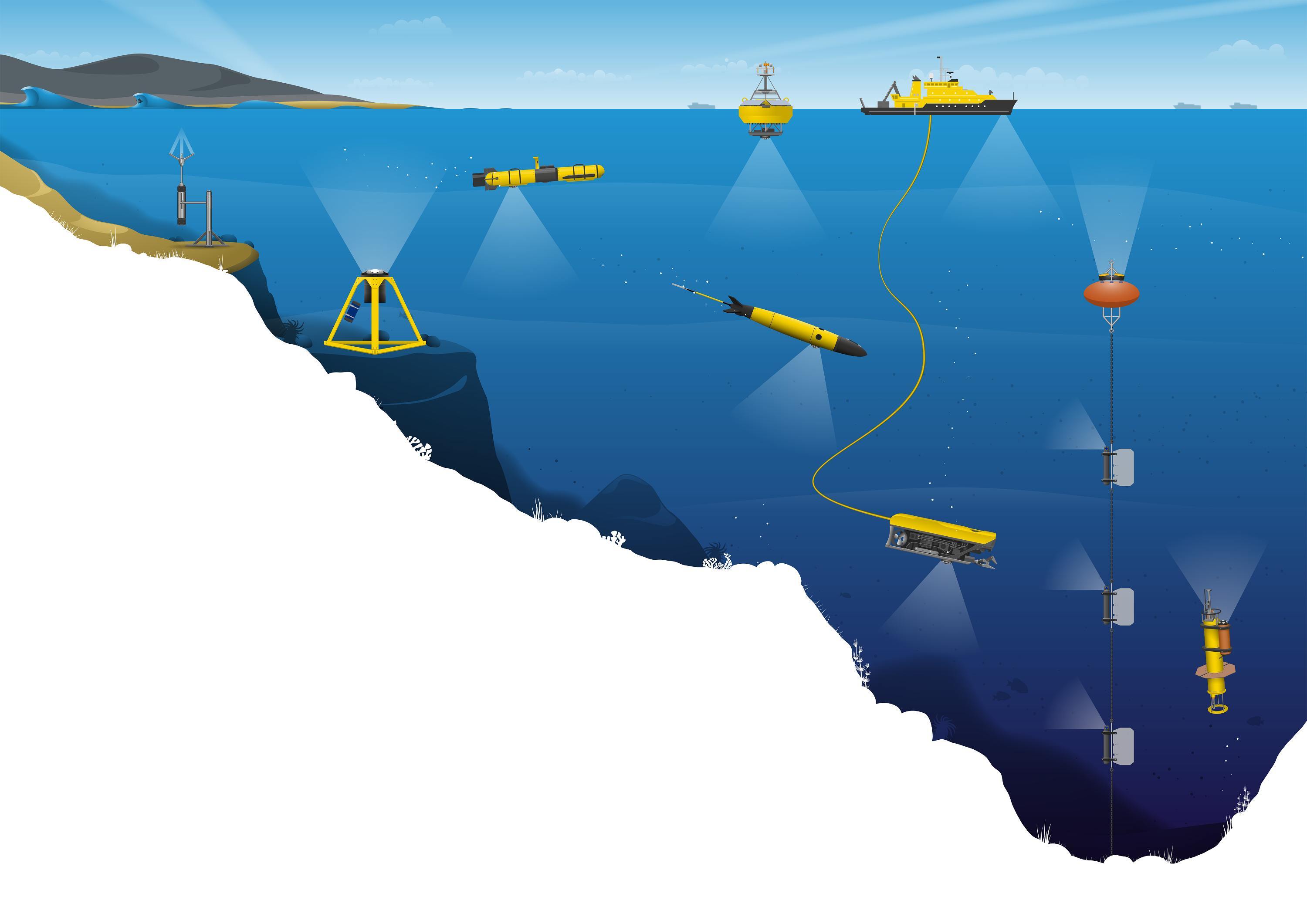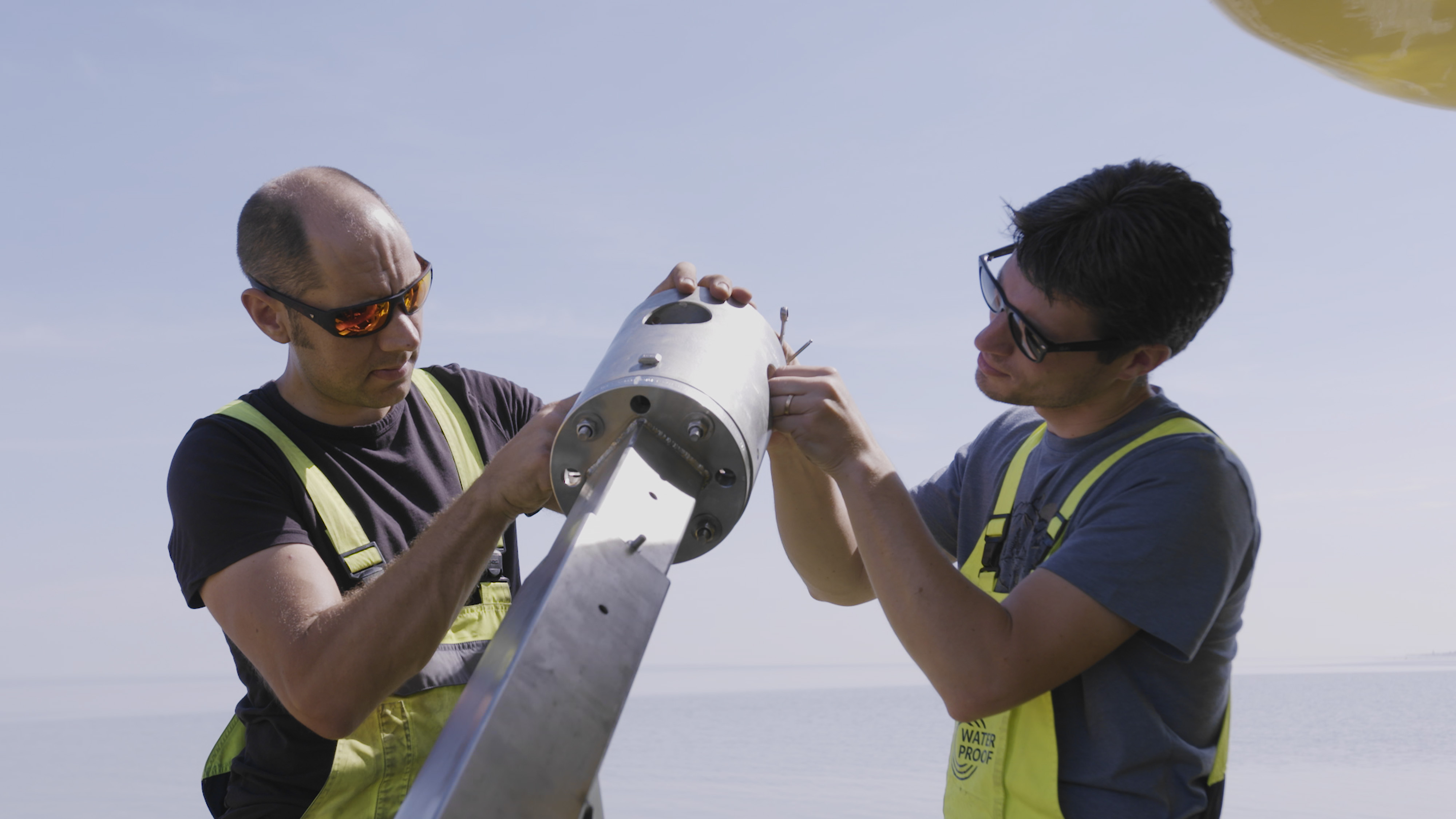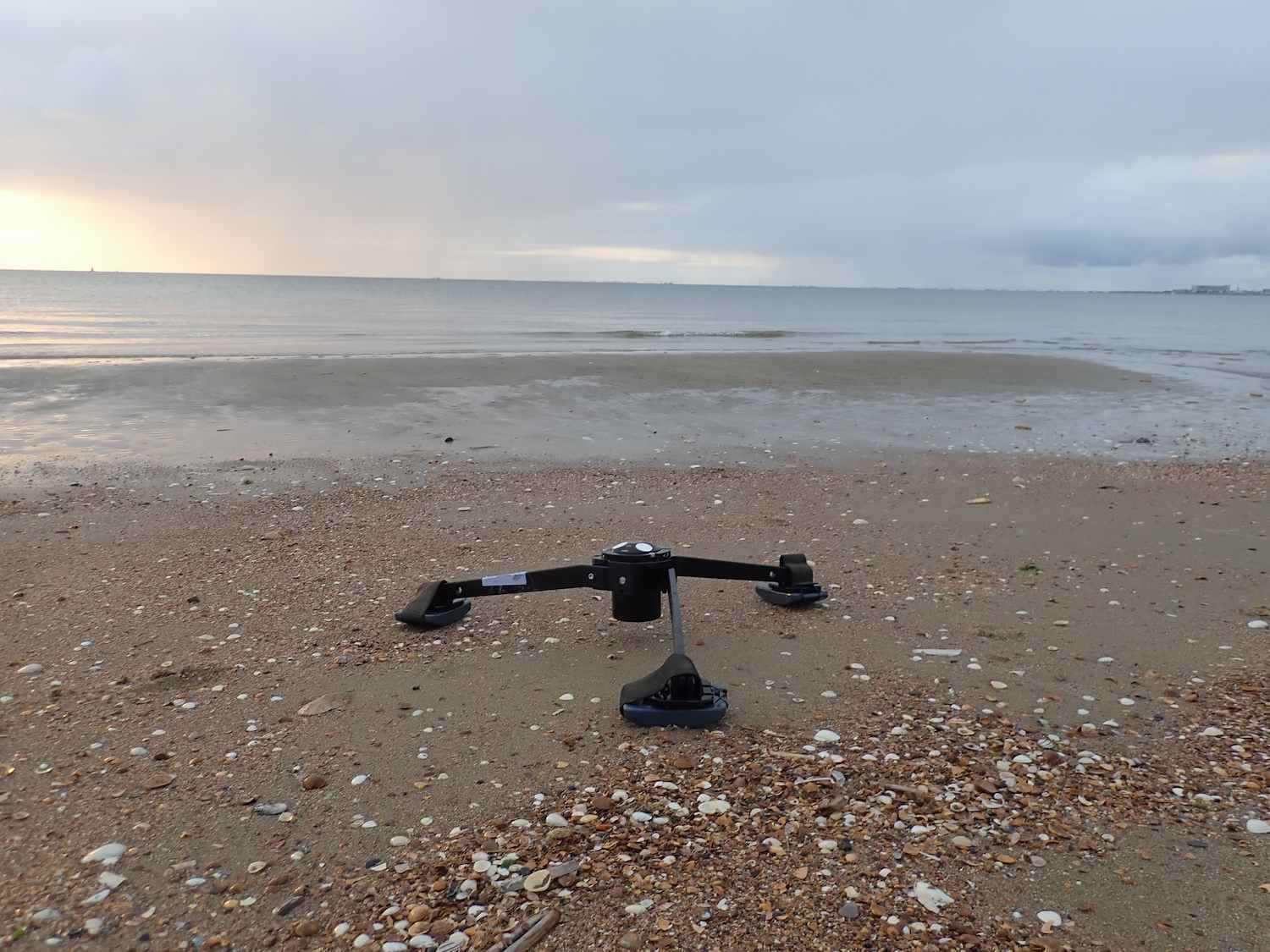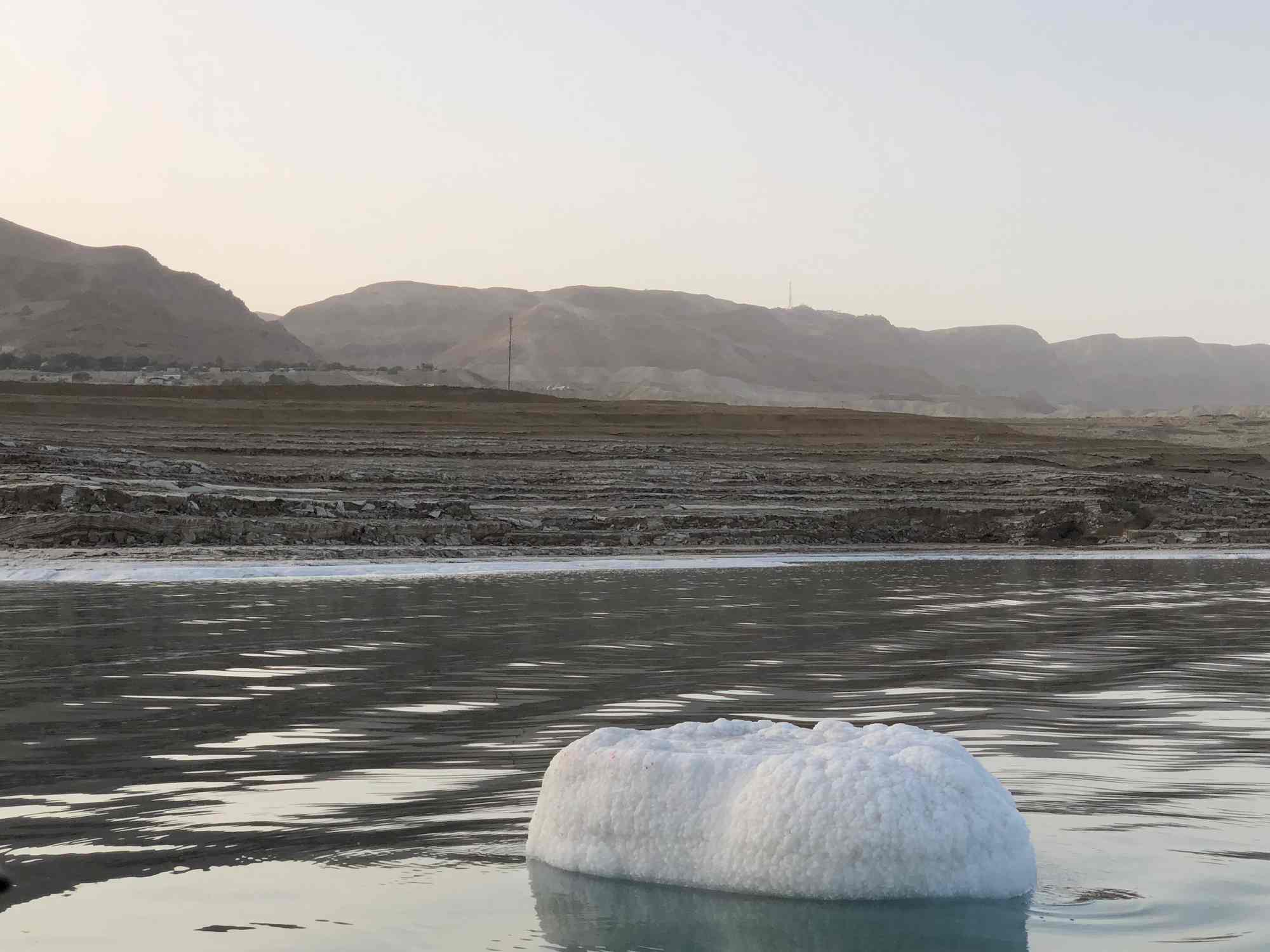
How atmospheric and oceanographic research helps improve understanding of past climates and geology
- User stories
Synopsis
Challenge
Understanding how atmospheric and oceanographic processes influence the formation of salt layers captured in geological records can improve our knowledge of historical climate change.
Solution
Using a Signature1000 ADCP, researchers at the Dead Sea Observatory in Israel are measuring oceanographic processes that influence salt dynamics in the Dead Sea, a modern-day equivalent for saltwater bodies of the geologic past.
Benefit
The high-resolution current profiles captured by the Signature1000 illustrate the transport of heat and materials from the water surface to the lake floor, providing insights on how to read geologic “fingerprints” of the past.
Situated between Israel, Jordan and the West Bank, the Dead Sea is one of the most extraordinary places on Earth. High salinity levels make the waters very dense (1.24 g/cm³ versus 1.02–1.03 g/cm³ in the open ocean). Compared to other hypersaline water bodies, the Dead Sea is much deeper. The Dead Sea also experiences thermohaline stratification (changes in temperature and salinity with depth), with significant seasonal fluctuations in water temperature, salinity and water balance.
“The Dead Sea is the only place on earth today where we still have a deep hypersaline water body with thermohaline stratification, circulation, multiphase flows and salt deposition,” says Professor Nadav Lensky, a geologist with the Geological Survey of Israel and head of the Dead Sea Observatory.
As deep hypersaline water bodies are much less common today than in the past, this natural landscape offers a unique window into Earth’s geological history.
With instruments such as the Signature1000 ADCP, Lensky is using this natural landscape to study the physical and chemical properties of the Dead Sea and improve our understanding of processes such as coastal erosion and salt deposition.
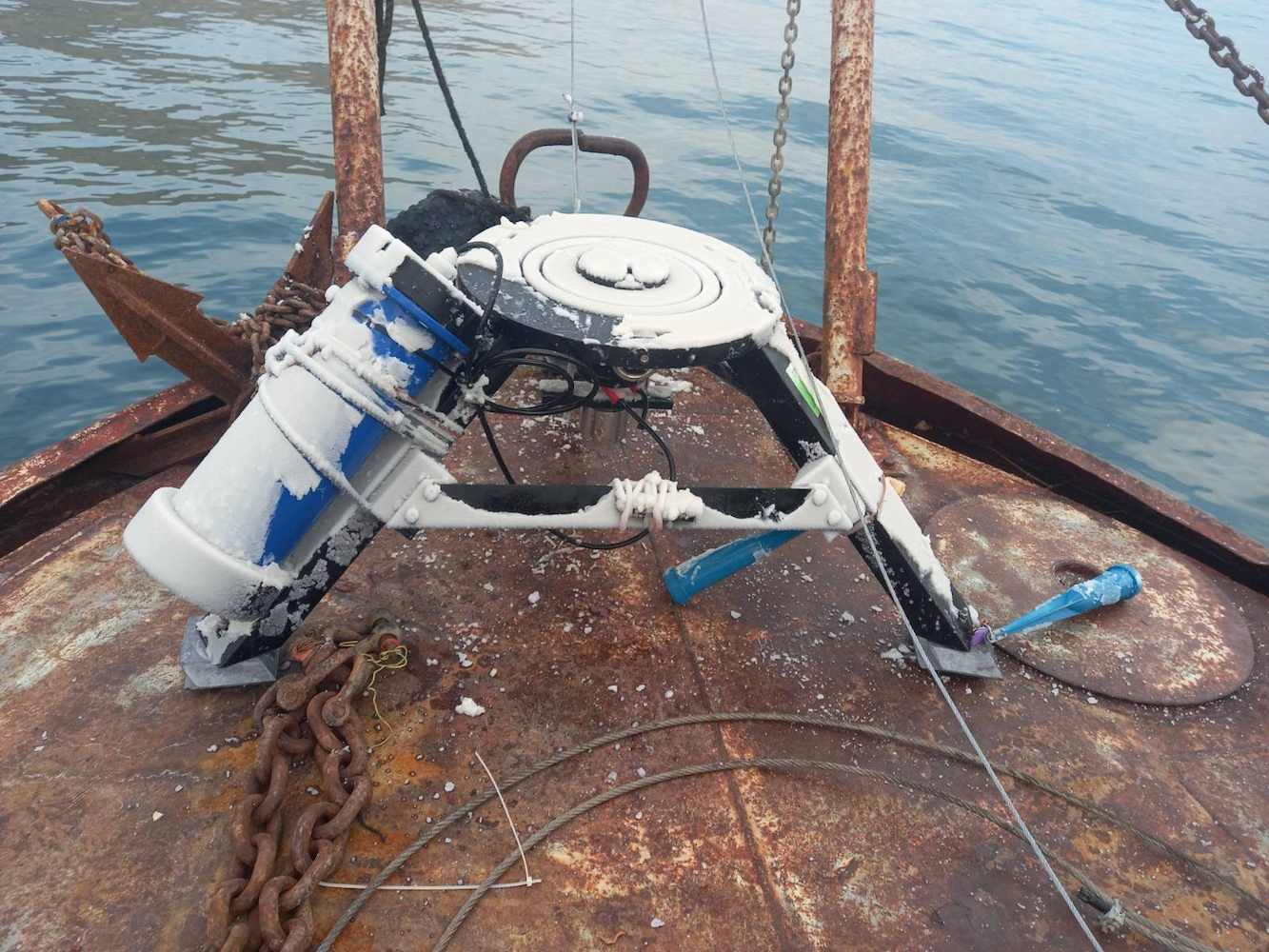
Geological fingerprints of past climates
The Dead Sea receives most of its water from the Jordan River. However, water from the river is increasingly diverted for farming and drinking water. Combined with naturally high evaporation rates, “over the past decades, the Dead Sea level dropped continuously, and its salinity increased because of the negative water balance – less water is coming in than is evaporating,” Lensky explains.
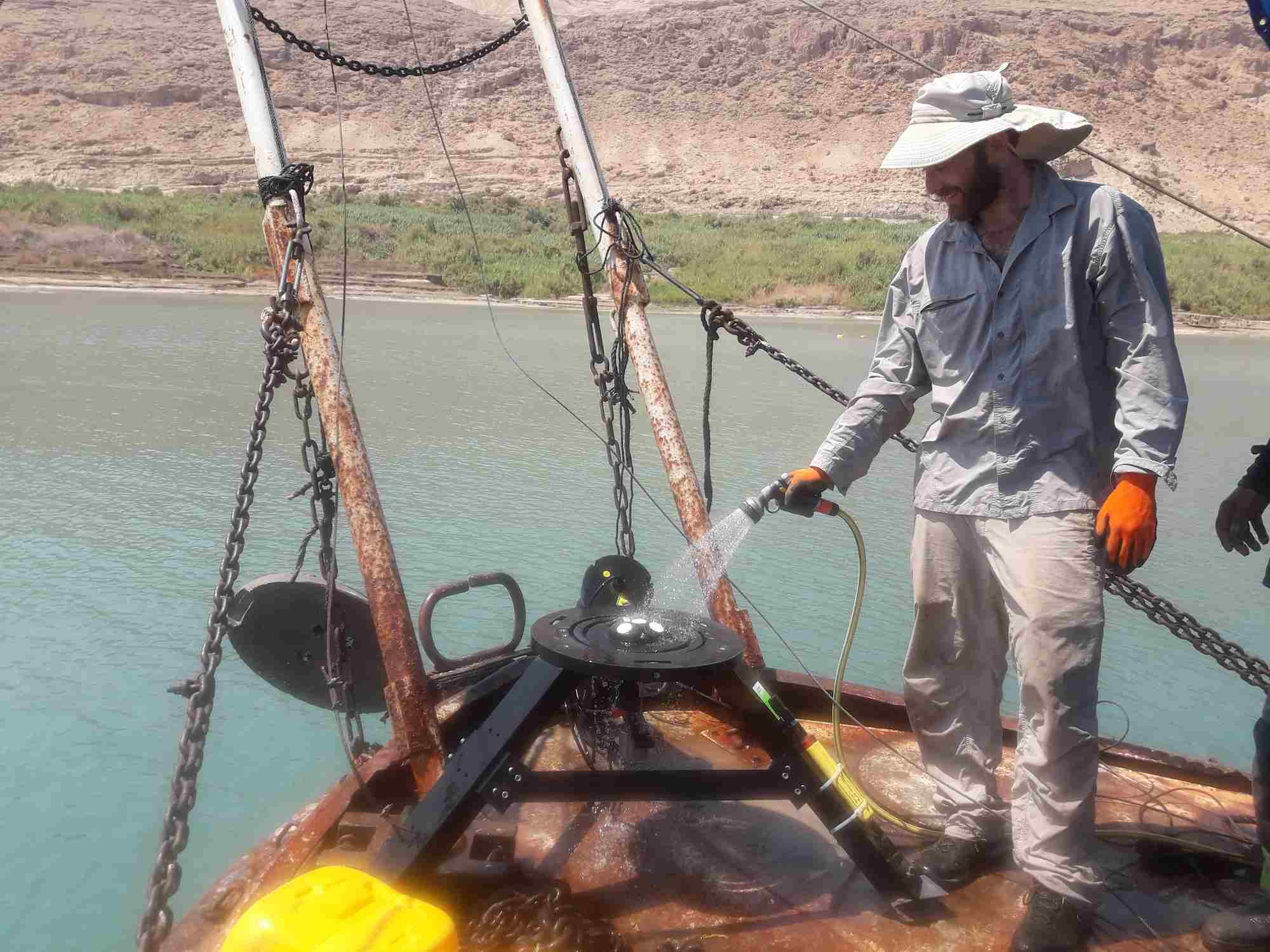
Because water can only hold so much dissolved salt, much of the salt in the Dead Sea forms salt crystals, which make their way down the water column and create a layer of salt on the lake bed. These salt layers become overlaid by sediment, which in turn becomes overlaid by salt. The properties of these layers act as geological fingerprints of past climates. For example, the thicker a sediment layer, the wetter the weather conditions were at the time of the layer’s formation.
The combination of declining lake levels, coastal erosion, and the formation of sinkholes that form when freshwater dissolves older and deeper salt layers exposes younger layers situated closer to the surface.
“We have a highly detailed sedimentary archive telling us very interesting stories,” says Lensky. “We experienced the weather conditions at the same time that these materials were deposited, and here we can tie or relate the geological archives to atmospheric conditions.”
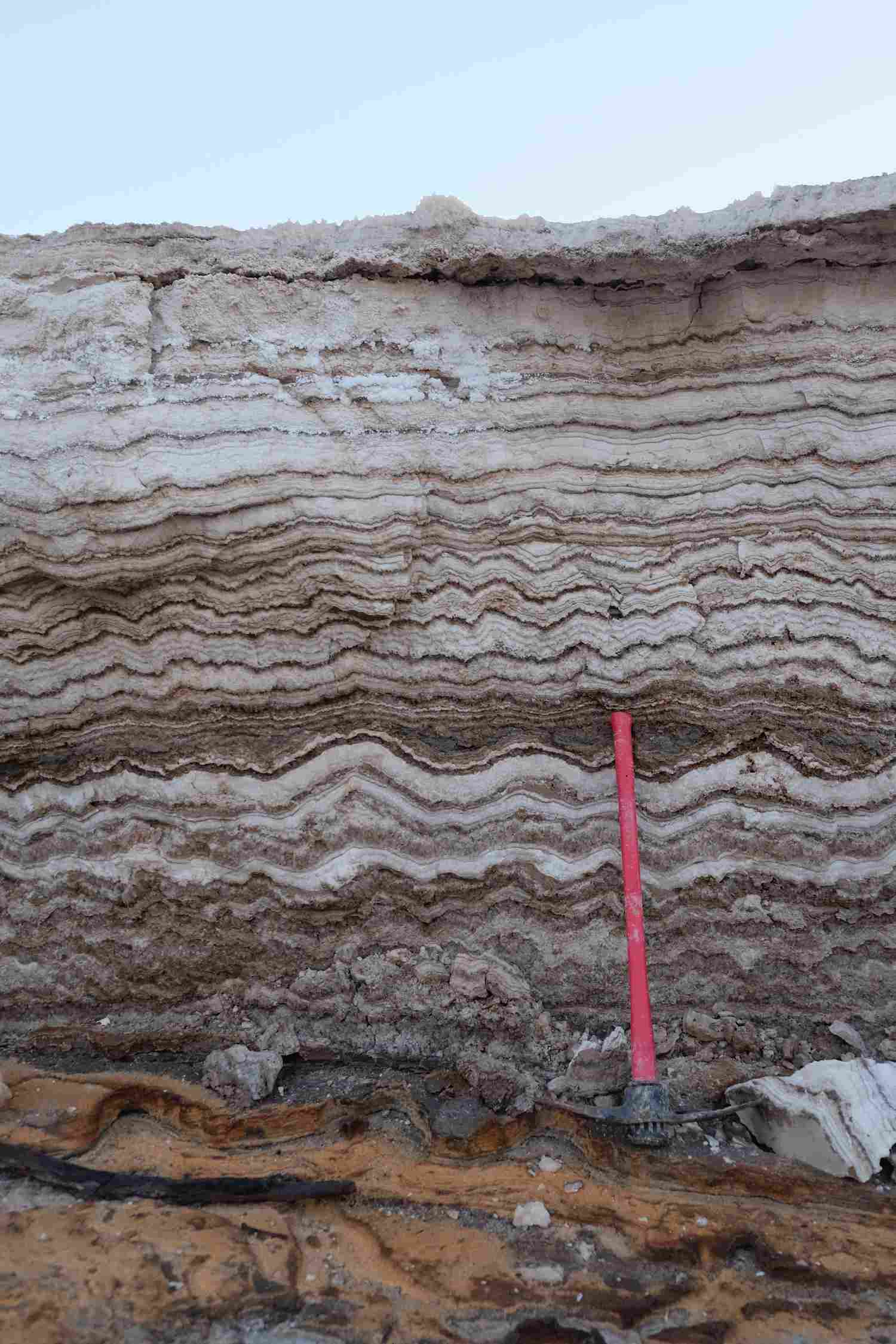
Researching the oceanographic influence on salt deposition
Most research on salt crystal formation is conducted in shallow hypersaline ponds. In these shallow ponds, salt crystal formation peaks during summer as a result of evaporation.
“We found that it’s the opposite in the Dead Sea,” says Dr Ido Sirota, a recent graduate of Lensky’s. “Most of the salt is deposited during the cold season because of cooling of the water column,” explains Sirota.
The upper 25 m of the Dead Sea are saltier and warmer than the water below. This upper layer is also “halite undersaturated”, meaning it can hold more dissolved salt. The lower layer, on the other hand, is “halite supersaturated”, meaning it can’t hold any more dissolved salt. As a result, any additional salt that comes into this lower part of the water column forms salt crystals. The different properties of the upper and lower layers of the water column create an intensive flux known as double diffusion salt fingering – a process whereby dissolved salts are transferred downwards from the saltier upper layer to the lower layer.
“Although water evaporates from the upper layer, it remains halite undersaturated because of this downward flux,” explains Sirota. “This is the main difference between the shallow ponds commonly found today and the deep and unique Dead Sea.”
For this reason, building a complete picture of the Dead Sea’s oceanography is essential for understanding salt dynamics currently occurring in the Dead Sea and those that were commonly found throughout the Earth in the geologic past.
“Here, we have a water column that is mixing, circulating, transferring heat and dissolved salts, and forming salt crystals that are carried by the currents,” says Sirota.
Using a Signature1000 ADCP, Lensky is now quantifying some of these processes that influence salt dynamics and create salt formations at sub-meter scales.
“If you don’t have the oceanography, you don’t have the entire story of the way salt deposits form,” Lensky explains.
